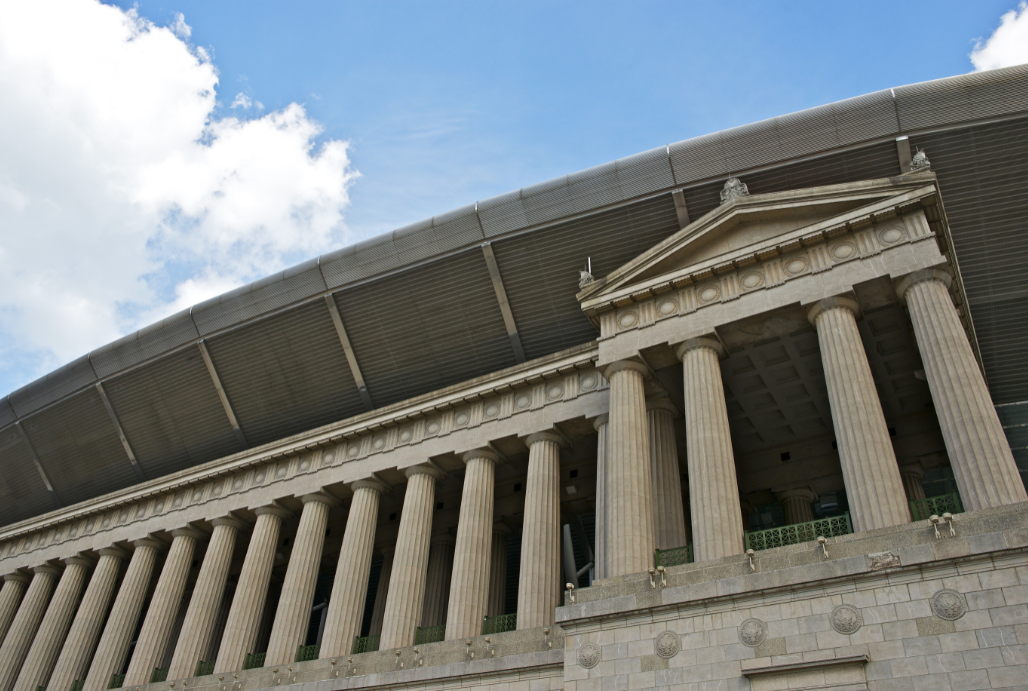I’ve been fortunate to attend two conferences this summer in the great sports town of Chicago.
The Intersport Sports Brand and Engagement Summit run by the Sports Business Journal and the excellent 29th Annual ALSD Conference and Tradeshow brought sports organization leaders together with companies like Nepa who are at the cutting edge of sports research and analytics.
During the course of both conferences, it was great to see how far sports teams have come in understanding the value in their fans and partners. – However, it was also clear that many still do not have a proper handle on developing better fan insights. Data-driven approaches and new technologies are an imperative in this day and age.
I’ve always been a big fan of the Windy City, having first visited in 1989, three years after the Chicago Bears enjoyed their famous Super Bowl XX winning season. At the time, I was an undergrad studying my bachelors’ degree in Scotland, but had taken the summer off touring U.S. sports cities with a buddy.
We arrived in Chicago and, being big NFL fans, made a beeline for the iconic Soldier Field only to find the stadium locked up for the offseason. Unperturbed, we knocked on the big iron doors at the old south entrance to the stadium and managed to talk the groundskeeper into letting us in after coming ‘4,000’ miles from Scotland just to see Soldier Field! We were rewarded with a wonderful hour-long self-guided tour of the old stadium and even managed to get our feet onto the hallowed turf.
Thirty years later, almost to the day, I was back touring Soldier Field, this time as an attendee at the ALSD conference, where Nepa were invited to speak on about disruptors in sports.
Originally constructed in 1924 and dedicated to U.S. servicemen and women who died in WWI, the 61,500 stadium has changed a lot in 30 years thanks to a somewhat controversial $660 million ‘flying saucer’ renovation in 2003. Sadly, the modern redesign resulted in the stadium being ‘dropped’ from the National Historic Landmark register.
But while the new architecture and continued location has its critics, I was impressed with how well the new architecture had complemented and preserved the ‘feel’ of the old building by conserving the inner concourse and its iconic Greek colonnades outside.
What impressed me most though was how the Bears, celebrating their 100th season this year, have embraced new technology in almost every aspect of the revamped facility from adding a comprehensive mobile app and DAS wireless network to ticketless entry, new video boards, interactive seating charts, locked charging stations and in-seat ordering.
Up on the North side of town, the changes made at the historic Wrigley Field are even more impressive. The Bears played at Wrigley from 1921-1970, but it’s more famous as the home to the Chicago Cubs since 1912, when it opened as Weeghman Park. Changes and renovations to baseball’s second-oldest stadium had to be considered carefully to respect the history of the grand old dame, but the Cubs have embraced new technology and modern improvements while preserving the romance and majesty of this iconic facility.
Their ‘1060 Project’ began in 2014 and since, the old stadium’s bleachers have been expanded, a 4,000 square foot jumbotron has been installed (but respectfully to mirror the iconic old green scoreboard) locker rooms upgraded and the bullpens relocated. Four new luxurious field-level suites have been added to increase club seats from just 70 to 1,700 with new revenue-generating locations such as the “W” Club, Barrel Room (sponsored by Makers Mark), the 1914 Club (American Airlines), the Catalina Club and the Bunker Suites – all of which hark back to the history of the Cubs and the golden age of Wrigley.
The Cubs have taken key learnings from this five-year project, citing the following keys to their success: plan early, adopt a data-driven and client-focused approach, speak to the fans and offer them what they want, create urgency, sell creatively and never forget about service.
It would have been easy for both the Cubs and Bears to sit back on tradition, rest on their historic laurels and continue to sell based on their fan’s loyalty. But the move to modernity and state of the art technology, while respectfully preserving and indeed enriching their traditions, has very much been embraced by two of America’s oldest sports teams.
Both of these organizations have realized, that in order to continue to attract fans away from their home viewing experience and other competing interests, they must remain relevant by continually talking to and surveying their fans for feedback, as well as staying focused on high levels of service, luxury, convenience and technology being offered by their competitors both inside and outside of sports.
In both cases, century-old institutions have embraced technology and a data-driven approach to maintain and grow their business in the new digital age. If even the Cubs and Bears are doing this, shouldn’t your organization be doing the same?


